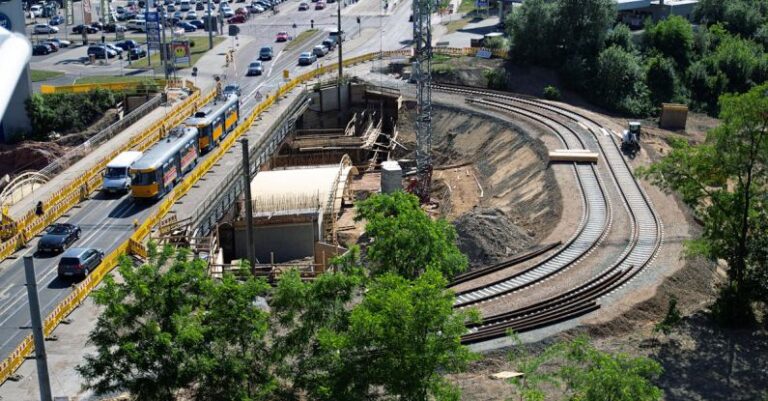
Building an RC Robot for Educational Purposes
Are you looking for an engaging and educational project that combines technology, engineering, and creativity? Building an RC robot can be a rewarding experience that not only teaches you about robotics but also enhances your problem-solving skills. Whether you are a student, educator, or hobbyist, creating your own RC robot can be a fun and enlightening endeavor. In this article, we will explore how you can build an RC robot for educational purposes, step by step.
Planning Your RC Robot Project
Before diving into the construction process, it’s essential to have a clear plan in place. Start by defining the goals of your project and the specific features you want your RC robot to have. Consider the size, shape, and functionality of the robot, as well as the materials and components you will need. Creating a detailed blueprint or sketch of your robot design can help you stay organized and focused throughout the building process.
Choosing the Right Components
The key to a successful RC robot project lies in selecting the right components. When choosing motors, wheels, sensors, and other electronic parts, make sure they are compatible with your design and intended functionality. It’s also important to consider the power source for your robot, whether it’s batteries or rechargeable packs. Research different options and read reviews to ensure you are using high-quality components that will make your robot perform efficiently.
Assembling the Chassis
The chassis serves as the foundation of your RC robot, providing structure and support for the other components. You can build the chassis using a variety of materials such as plastic, metal, or even 3D-printed parts. Ensure that the chassis is sturdy and lightweight to allow for easy movement. Attach the motors and wheels to the chassis, making sure they are securely fastened and aligned correctly for smooth operation.
Adding Sensors and Control Systems
Sensors are essential for enabling your RC robot to interact with its environment and respond to external stimuli. Depending on your project goals, you can incorporate various sensors such as ultrasonic sensors for distance measurement, line-following sensors for navigation, or infrared sensors for object detection. Additionally, you will need a control system, such as a microcontroller or Arduino board, to process sensor data and send commands to the motors.
Programming Your RC Robot
Programming is a crucial aspect of building an RC robot, as it determines how the robot functions and behaves. If you are new to programming, there are plenty of beginner-friendly resources and tutorials available online to help you get started. You can use programming languages like C, C++, or Python to write code for your robot’s control system. Experiment with different algorithms and logic to make your robot perform specific tasks or movements.
Testing and Troubleshooting
Once you have assembled and programmed your RC robot, it’s time to test its functionality and performance. Conduct thorough testing to ensure that all components are working correctly and that the robot moves as intended. If you encounter any issues or malfunctions, don’t get discouraged. Troubleshooting is a normal part of the building process, and it provides valuable learning opportunities. Take the time to identify and fix any problems to improve your robot’s overall performance.
Expanding Your Knowledge and Skills
Building an RC robot for educational purposes is not just about the end result; it’s also about the journey of learning and discovery along the way. As you work on your project, take the opportunity to expand your knowledge and skills in robotics, electronics, programming, and problem-solving. Engage with online communities, attend workshops, and participate in competitions to connect with other enthusiasts and gain new insights into the world of robotics.
Embrace the possibilities of tinkering, experimenting, and innovating as you continue to refine and enhance your RC robot. Building a robot from scratch is a creative and stimulating experience that can spark your curiosity and passion for technology. So, roll up your sleeves, gather your tools, and embark on the exciting journey of building an RC robot for educational purposes. Who knows what amazing discoveries and achievements await you in the world of robotics!





